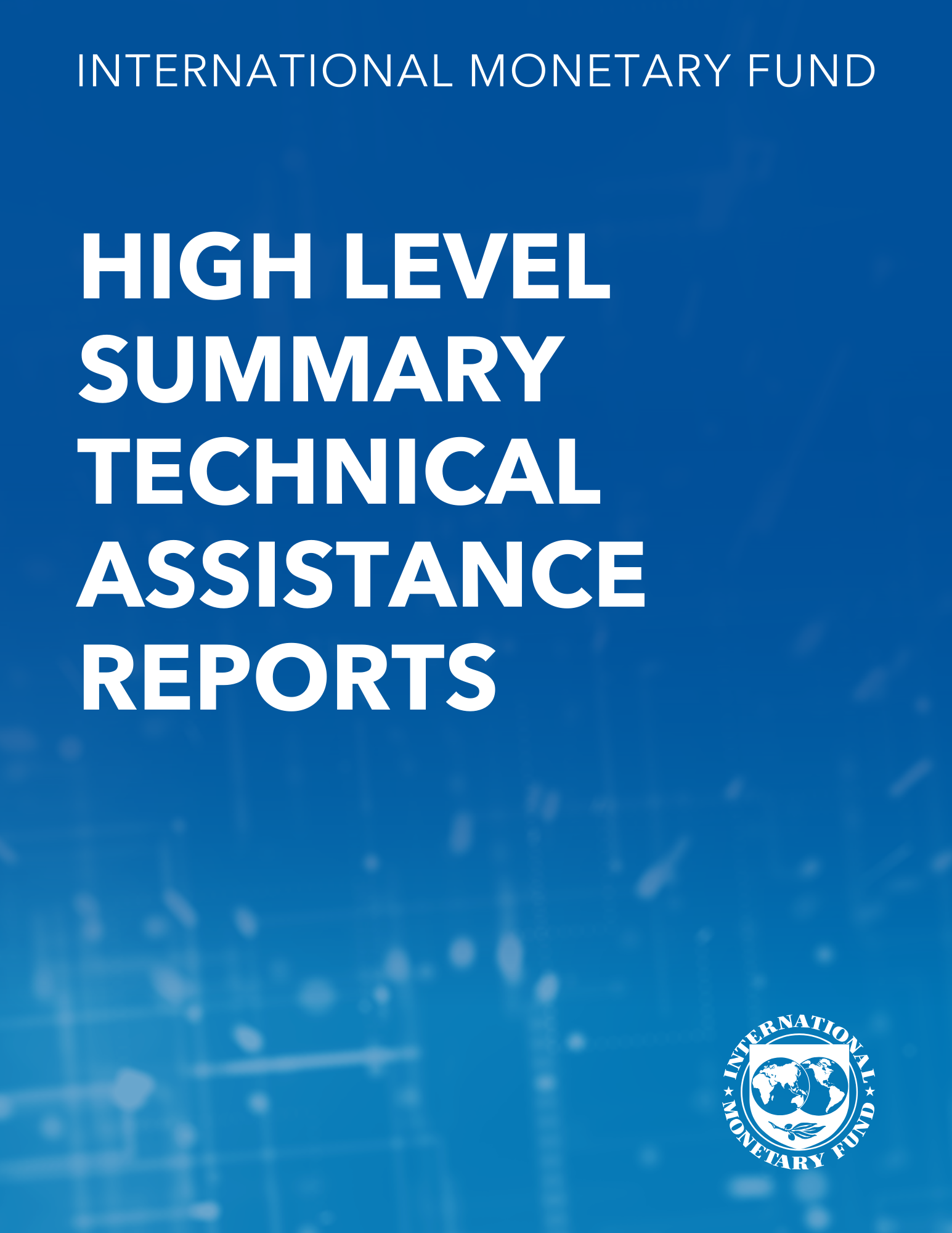Distance-to-Default in Banking: A Bridge Too Far?
September 1, 2006
Disclaimer: This Working Paper should not be reported as representing the views of the IMF.The views expressed in this Working Paper are those of the author(s) and do not necessarily represent those of the IMF or IMF policy. Working Papers describe research in progress by the author(s) and are published to elicit comments and to further debate
Summary
In contrast to corporate defaults, regulators typically take a number of statutory actions to avoid the large fiscal costs associated with bank defaults. The distance-to-default, a widely used market-based measure of corporate default risk, ignores such regulatory actions. To overcome this limitation, this paper introduces the concept of distance-to-capital that accounts for pre-default regulatory actions such as those in a prompt-corrective-actions framework. We show that both risk measures can be analyzed using the same theoretical framework but differ depending on the level of capital adequacy thresholds and asset volatility. We also use the framework to illustrate pre-default regulatory actions in Japan in 2001-03.
Subject: Asset valuation, Banking, Capital adequacy requirements, Deposit insurance, Post-clearance customs audit
Keywords: bank, bank regulator, capital, capital ratio, WP
Pages:
17
Volume:
2006
DOI:
Issue:
215
Series:
Working Paper No. 2006/215
Stock No:
WPIEA2006215
ISBN:
9781451864755
ISSN:
1018-5941





